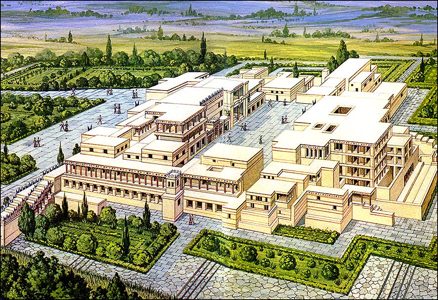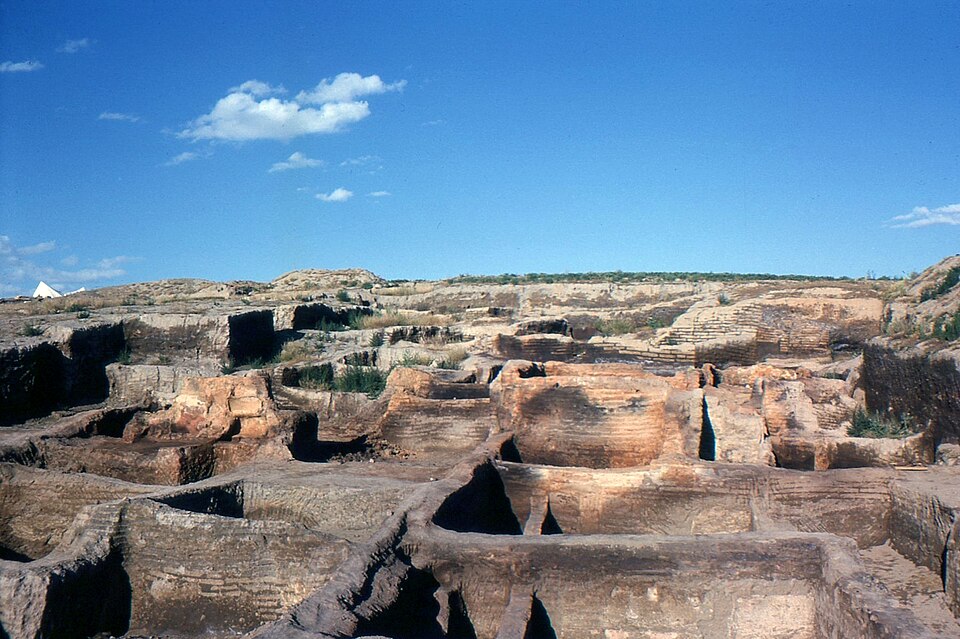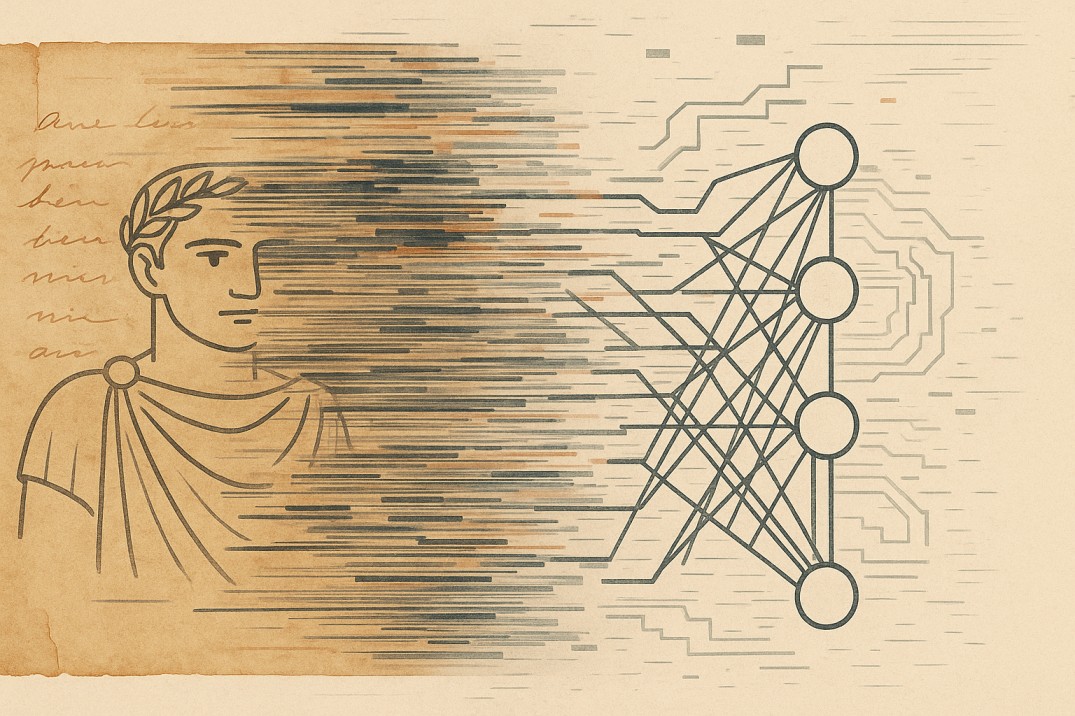The Minotaur Lives: How AI Unearthed Truth from Myth
From Myth to Memory: Revisiting the Minotaur’s Labyrinth
The Minotaur—mighty in stature, half-man, half-bull—was said to dwell deep within the Labyrinth, a monstrous creation built not merely of stone but of fear. Locked away and fed a steady stream of human sacrifices, the beast has haunted the imagination since the age of bronze and spear. From ancient frescoes to modern film, the Minotaur endures—unchanged, a symbol of savagery and mythic dread. But where did the Minotaur truly come from? Could there be something real behind the horns?
Today, with the aid of artificial intelligence and astonishing breakthroughs in deciphering ancient scripts—such as the elusive Linear B—we are, for the first time, beginning to peel back the layers of myth. Behind the monster, we are finding fragments of history: ritual, architecture, and memory.
How AI Transforms Archaeology
AI, especially natural language processing, now performs tasks that once demanded the lifetimes of trained epigraphers and archaeologists. The deciphering of clay tablets and the reassembly of shattered inscriptions—what was once the domain of dusty backrooms and specialist minds—are now being accelerated by machines. And in doing so, AI is processing what humanity has long yearned to uncover: the truths buried in myth, stone, and silence.
As the ancient myth goes, the Labyrinth was a vast and cunning maze—commissioned by King Minos of Crete and brought to life by the genius of Daedalus. Deep within its twisted corridors lurked the Minotaur: neither man nor bull, but something more terrifying in between.
As the legend goes, to confront the beast and escape with his life, the Athenian hero Theseus needed more than bravery. He needed a thread—literally. A gift from Princess Ariadne, a simple ball of twine became his salvation. As he descended into the labyrinth, Theseus unraveled the thread, marking his path once. After slaying the creature, it led him back to light.
Digital Reconstructions of Knossos
Artificial intelligence, like Theseus’s thread, now begins to guide us through the darkness. Using machine learning, historians and computer scientists have digitally reconstructed the palace of Knossos. Spatial modeling has revealed an uncanny truth: the structure’s layout—particularly in its western wing—is labyrinthine in the truest sense. Twisting corridors. Misleading passageways and blind turns. Not seen as just a metaphor. But an architectural masterpiece—a maze carved in stone.
Stone, intentionally cut and placed—not just to confuse, but to ward off intruders, to hold ceremony, and to exert power and fear. And now—centuries later—the faint embers, the black soot, and the tiny flecks of red ochre still cling to the walls. Not just decoration, but messages—imprints of a world long vanished.
Through AI, these fragments will not fade. They will be immortalized—scanned, mapped, and reconstructed. Letting the generations of now, and those yet to come, embark on a journey through the labyrinth—not as myth, but as memory. A digital resurrection. A modern homage to a marvel of the ancient world.
The Minotaur may be the most famous of ancient enigmas, but it is far from the only myth to stand on the threshold of reality. Across the world, fragments of forgotten civilizations wait—buried beneath ash, sand, or simply the erosion of memory. And now, AI is unearthing them. Not with shovels, but with signal, scan, and simulation.

How AI Revives Ancient Cities and Stories
Take, for example, the city of Çatalhöyük—one of the oldest known urban settlements on Earth, in modern-day Turkey. Little more than a mound to the naked eye, its excavation has revealed tightly packed mud-brick houses, many without doors, entered by ladders through the roof. A mystery of urban design. Yet it is machine learning, not human hands alone, that’s helping map its layout, interpret spatial relationships, and test theories about how these people lived.
Patterns once hidden in the tangle of collapsed walls and footpaths are becoming visible—behavioral blueprints etched into space itself. Giving a dead city breath again, with a digital pulse guided by AI.
Just as Pompeii, the city frozen in time by volcanic ash now has a chance to be bought back to life by using AI-enhanced imaging and deep learning models, researchers have begun reconstructing ancient graffiti found scrawled on walls—messages of love, political slogans, jokes, and warnings. Most are half-erased and fragmented.
Human translators hit dead ends. AI, trained on thousands of Roman scripts, can now predict the missing text, recreating lost voices with startling accuracy.

Beyond Reconstruction: AI and the Rescue of Human History
There’s something profound about that. A person, long dead, scratching a message into stone. Forgotten for millennia. Now restored—not by magic, but by math. By a machine designed to remember and protect what time tried to erase. And perhaps that is what this truly is—not simply discovery, but rescue. Rescue of human experience. Rescue of memory. Of the impulse to build, to speak, to leave something behind that says, “I was here.”
In the ancient world, myth was how truth survived. Today, it is data. But in both cases, the aim is the same: to connect. To reach forward through time and be understood. What artificial intelligence is giving us, in the end, is not just clearer images or faster translations. It is continuity. We are not just learning about history. We are participating in its reawakening. And with every mural re-coloured, every corridor re-mapped, and every sentence restored—we edge closer to the people behind the myth. Not as monsters. Not as ghosts. But as humans.
In the hands of historians, artists, archaeologists—and yes, even everyday people—artificial intelligence becomes something more: a thread through the dark. A tool not for domination, but for understanding. Not to replace what makes us human, but to help us carry it further.
As Ginni Rometty put it, "Some people call this artificial intelligence, but the reality is this technology will enhance us. So instead of artificial intelligence, I think we'll augment our intelligence." That’s what AI is doing for history. Enhancing our memory. Extending our reach. And in doing so, it’s not just resurrecting the past—it’s reminding us of what it means to be human.


.png)



.jpg)


